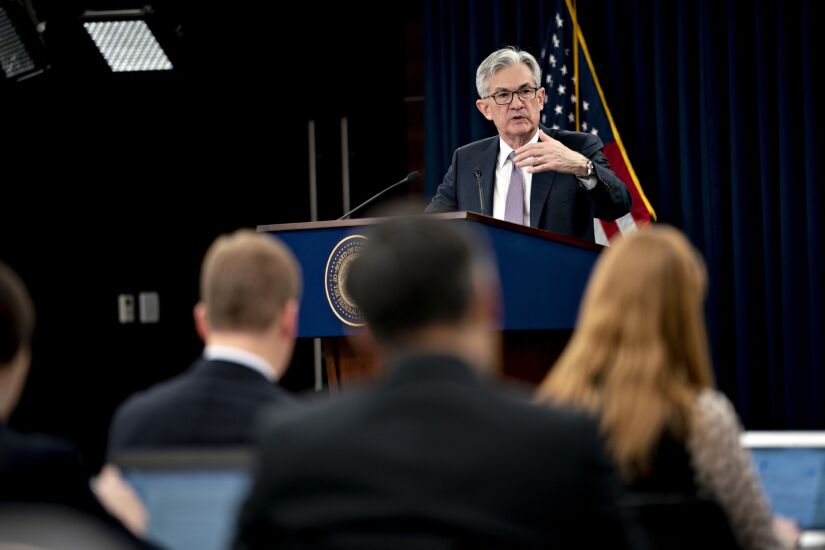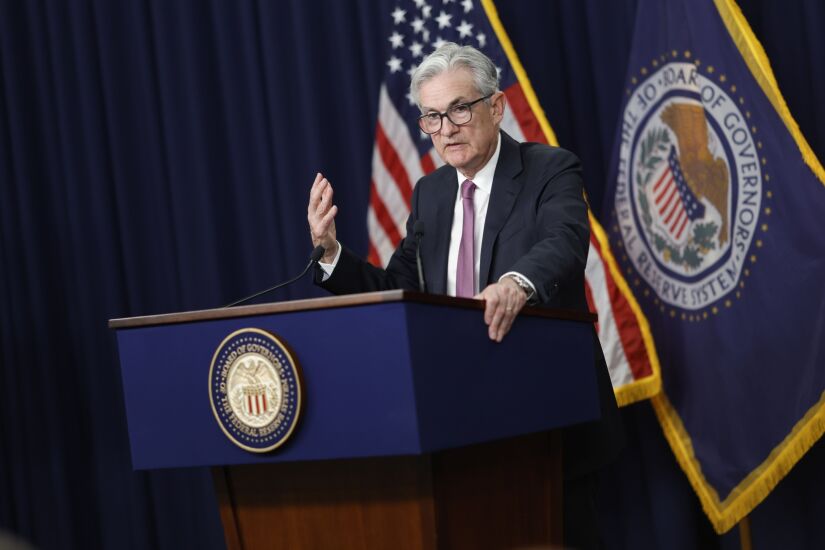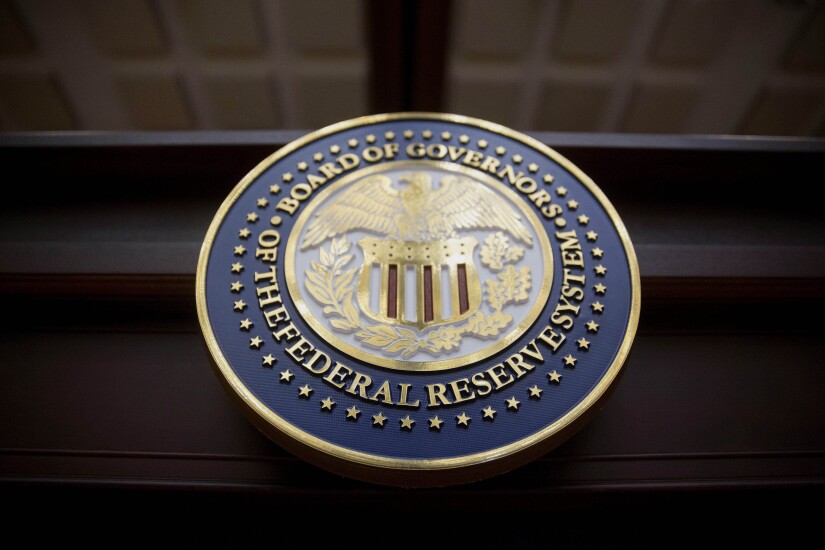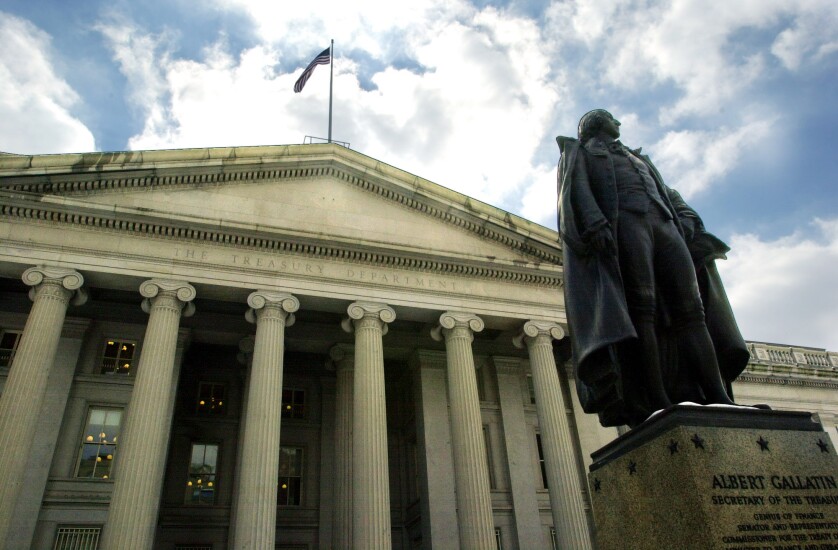
WASHINGTON — For the fourth time in as many meetings this year, the Federal Open Market Committee all but guaranteed that it would leave interest rates unchanged before the committee even met this week.
Federal Reserve officials have been saying for weeks leading up to today's announcement that it is too soon to say how various policy changes will impact the economy. With no immediate cause for a monetary response — inflation has held steady
Heading into Wednesday's decision, futures markets overwhelmingly expect the federal funds rate to remain at its current target, between 4.25% and 4.5%.
But several key questions remain to be answered in the committee's official policy statement, Fed Chair Jerome Powell's post-meeting press conference and the quarterly forecasts from meeting participants — notably how policymakers think tariffs will effect the economy, the data they see as most important and their policy expectations for the rest of this year.
Fed officials have remained divided on whether to treat tariff-induced price increases as a
Fed Govs. Michael Barr and Adriana Kugler, in speeches delivered during the past month, cautioned against writing off tariff-related inflation as transitory. Kugler said a jump in prices could result in rising consumer expectations, lower productivity from businesses and opportunistic price hikes, all of which could have lasting impacts.
"I don't think it is as clear that one can look past these tariffs and that it would be a one-shot thing or a temporary phenomenon," Kugler said.
Barr added that should higher import taxes
Meanwhile, Fed Gov. Christopher Waller — the leading advocate for looking through tariff inflation — said he has
"I'm much more optimistic now than I was a month ago that we are going to be able to get a decent … average tariff across the world," Waller told Fox Business. "Once [Treasury] Secretary [Scott] Bessent took over, started cutting these deals — it sounds like there's a lot more on the table — that's all good news for the economy."
Officials have also expressed differing views about what data should be used to detect a signal about the future of the economy. This is, in part, because of the growing divide between backward-looking economic reports — including inflation indexes and employment surveys — and forecasts, both professional and at the consumer level.
Fed Vice Chair Phillip Jefferson, in a speech last month, said it is important to be aware of declining sentiments among both businesses and individuals, but he wants to see those
"With respect to the path of the policy rate going forward, I will carefully assess incoming data, the evolving outlook and the balance of risks," Jefferson said. "Various measures of consumer and business sentiment have declined sharply this year, and I will be watching very carefully for signs of weakening economic activity in hard data."
Kugler, on the other hand, said she is putting stock in consumer surveys as well as real-time economic indicators, which she said can be noisy but also give a better sense of current conditions.
"If policymakers solely rely on these traditional data to forecast what the economy will do in the future, they end up focusing on the past, which is a little like driving down the road by looking in a rearview mirror," she said.
FOMC participants will also fill out their second set of quarterly economic projections — also known as the "
The






